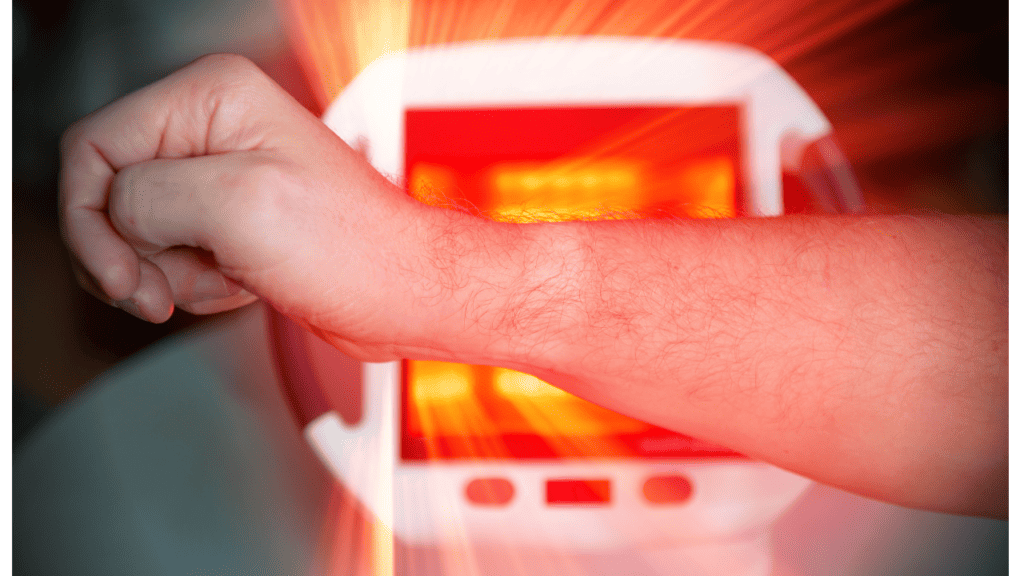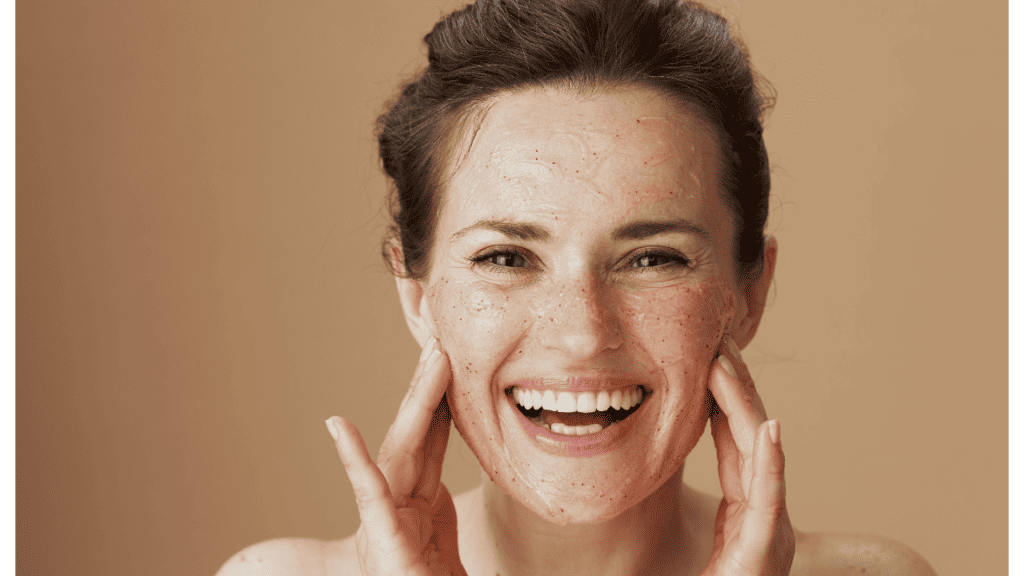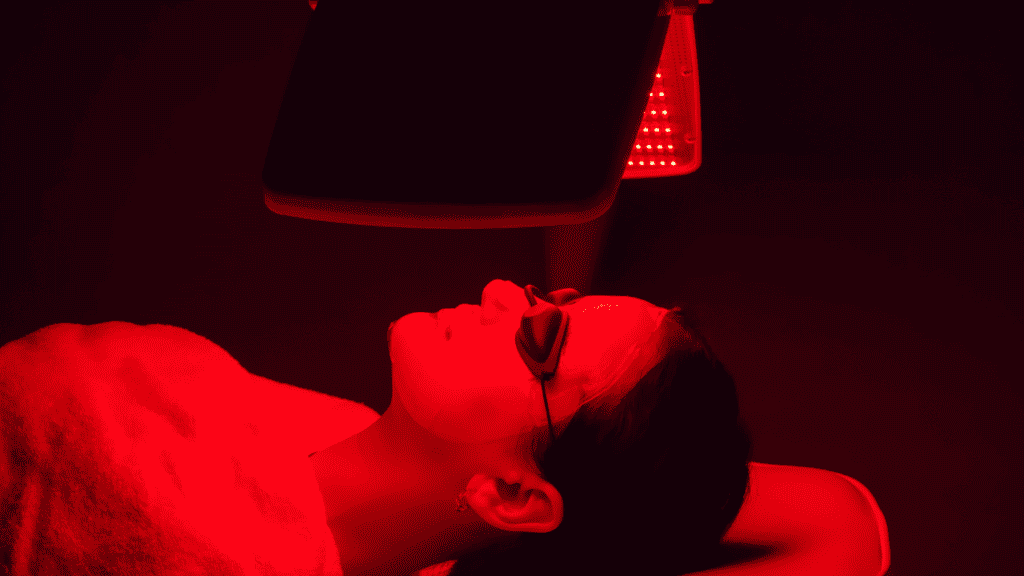Red light therapy has emerged as a popular tool in the arsenal of skin care and health maintenance. Understanding the intricate relationship between skin pH balance and the efficacy of Red light therapy is crucial for maximizing its benefits. This article delves into the science behind Red light therapy, the importance of skin pH balance, and how harmonizing the two can lead to enhanced therapeutic outcomes.
Key Takeaways
- Red Light Therapy can be more effective when used in conjunction with maintaining an optimal skin pH level, enhancing its benefits for skin health and rejuvenation.
- Skin pH balance, influenced by factors like diet, lifestyle, and skincare products, plays a crucial role in the skin’s absorption and response to Red light therapy.
- It’s important to consult healthcare professionals before starting Red light therapy, especially for individuals with specific skin conditions, to ensure safety and effectiveness.
The Science of Red Light Therapy

Understanding Red Light Therapy
Red Light Therapy, a non-invasive treatment method, uses low wavelength red light to treat skin issues, such as wrinkles, scars, and persistent wounds. Initially developed for plant growth experiments in space, Red light therapy has found its place in medical and cosmetic fields due to its healing and rejuvenating properties.
Evidence Supporting Red light therapy
Multiple studies have underscored the benefits of Red light therapy. It’s known to stimulate collagen production, aid in skin rejuvenation, and accelerate wound healing. Furthermore, Red light therapy has shown promise in reducing inflammation and pain in various medical conditions.
Understanding Skin pH Balance

The Role of Skin pH
Skin pH, typically ranging from 4.7 to 5.75, plays a pivotal role in maintaining skin barrier function and overall skin health. It affects the skin’s ability to retain moisture, combat harmful microbes, and remain resilient against external stressors.
Factors Affecting Skin pH
Various factors can disrupt the delicate balance of skin pH, including environmental elements like pollution and UV radiation, lifestyle choices such as diet and skincare routines, and physiological changes.
- Read More: Combining Red Light Therapy With Skincare Routines
- Read More: Layering Skincare Products With Red Light Therapy
Interaction Between Skin pH and Red Light Therapy

Skin pH and Red light therapy Absorption
The effectiveness of Red light therapy can be influenced by the skin’s pH level. Optimal skin pH levels may enhance the skin’s ability to absorb the light, thereby maximizing the therapeutic effects of Red light therapy.
Scientific Insights
Research indicates a correlation between skin pH balance and the success rate of light-based therapies. Ensuring pH balance may lead to more consistent and pronounced results from Red light therapy treatments.
Enhancing Red light therapy Benefits through pH Balance
Practical Tips for Optimal Skin pH
Maintaining an optimal skin pH is not just beneficial for Red light therapy, but also for overall skin health. Simple steps can be taken, such as using pH-balanced skincare products, avoiding harsh soaps, and incorporating a diet rich in fruits and vegetables. Additionally, managing stress and getting adequate sleep are vital for maintaining the body’s natural pH levels.
Case Studies and Testimonials
Anecdotal evidence and case studies have shown that individuals who maintain a balanced skin pH often report better outcomes with Red light therapy. These success stories underscore the importance of a holistic approach to skincare and therapy.
Overcoming Challenges
Balancing skin pH requires consistency and awareness of one’s skin needs. Regular monitoring and adapting to changes in environment, health, and lifestyle are key. Consulting with dermatologists or skincare professionals can provide personalized guidance.
Considerations and Precautions
Potential Risks of Red light therapy
While Red light therapy is generally safe, overuse or improper use can lead to skin irritation or damage. It is crucial to follow guidelines regarding duration and frequency of therapy sessions.
Professional Consultation
Before starting Red light therapy, especially for individuals with specific skin conditions like rosacea or eczema, consulting a healthcare professional is imperative. They can provide tailored advice and ensure that Red light therapy is a suitable treatment option.
Conclusion
Red Light Therapy, when combined with a balanced skin pH, offers a promising avenue for skin health and rejuvenation. By understanding and applying the principles of skin pH balance, individuals can enhance the efficacy of Red light therapy and enjoy its full range of benefits. As with any therapy, an informed and holistic approach is essential for optimal results.
FAQs
Why is skin pH important for Red Light Therapy?
The skin’s pH level affects its ability to absorb light effectively, thereby influencing the success rate and benefits of Red light therapy treatments.
How can I maintain a balanced skin pH?
Using pH-balanced skincare products, avoiding harsh chemicals, maintaining a healthy diet, and managing stress are key to maintaining balanced skin pH.
Are there any risks associated with Red Light Therapy?
While generally safe, overuse or improper use of Red light therapy can lead to skin irritation. It’s important to adhere to recommended usage guidelines.






